Equine vets have developed a new way of identifying causes of pain and lameness in the ridden horse by observing a list of behavioural traits. It is called the Ridden Horse Pain Ethogram (RHPE).
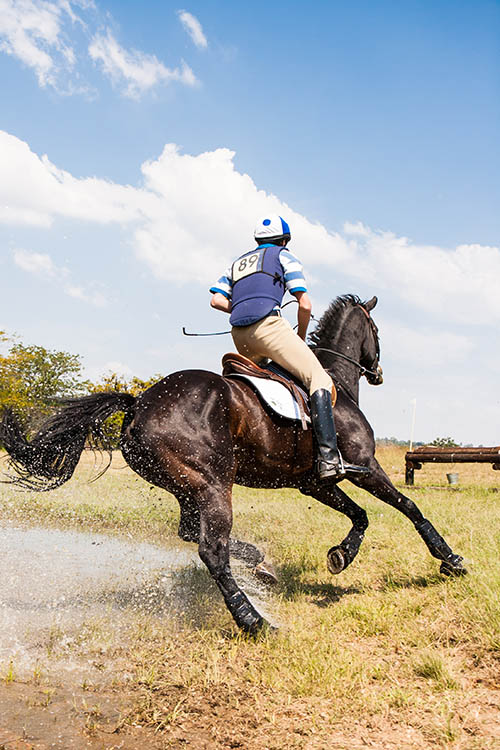
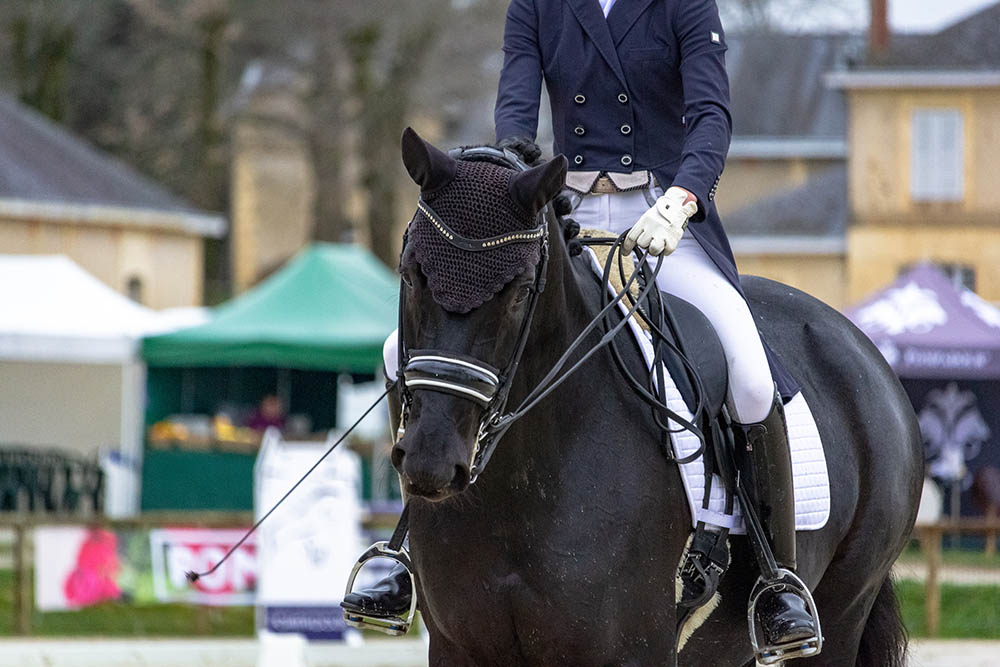

One of the major contributors to limiting performance in all horse disciplines is lameness. Whilst most horse people and veterinarians would like to think they can identify lameness, recent data would suggest that a significant percentage of horses carry musculoskeletal issues which are not identified by the owner/trainer/rider or veterinarian.
A new way of assessing behavioural traits in horses whilst being ridden has been developed in England by some world-renowned equine veterinarians as a means of identifying pain. Called the Ridden Horse Pain Ethogram (RHPE), it lists 24 behavioural characteristics that can be displayed by horses when ridden and that correlate to pain and subclinical lameness.
This assessment has not yet been proven as a conclusive method for identifying musculoskeletal pain, but it appears to have a lot of merit in identifying horses that should be more closely monitored for this type of pain. Their work shows that if eight or more traits are displayed, there is a strong possibility that subtle lameness exists.
Why is this important? Because equine welfare should be paramount to all of us who work with horses. It is also important because it highlights that bad behaviour is not always in the horse’s head or a rider issue but can be a bona fide response to pain. It means that rather than discipline a horse for misbehaving, an owner can get a more in-depth assessment of the musculoskeletal system performed to find if there is an inciting cause to account for bad behaviour. Ditto if a horse is performing below its ability; this type of assessment may identify if pain plays a role in poor performance. If the ethogram proves to be successful in identifying these behavioural traits and consistently links them to lameness or poor performance, its future use as a tool included in a pre-purchase examination could be invaluable.
THE LIST OF TRAITS IN THE RHPE (adapted from Dyson S, Berger J, Ellis A et al)
- Repeated changes of head position (up/down), not in rhythm with the trot.
- Head tilted or tilting repeatedly.
- Head in front of vertical (>30 degrees) for 10 sec or longer.
- Head behind vertical for (>10 degrees) for 10 sec or longer.
- Head position changes regularly, tossed or twisted from side to side, corrected constantly.
- Ears rotated back behind vertical or flat (both or one only) for 5 sec or longer; repeatedly lay flat.
- Eyelids closed or half closed for 2-5 sec; frequently blinking.
- Sclera (whites of the eye) exposed repeatedly.
- Intense stare (glazed expression, “zoned out”) for 5 sec or longer.
- Mouth opening +/- shutting repeatedly with separation of teeth, for 10 sec or longer.
- Tongue exposed, protruding, or hanging out, and/or moving in and out repeatedly.
- Bit pulled through the mouth on one side (left or right), repeatedly.
- Tail clamped tightly to middle or held to one side.
- Tail swishing large movements: repeatedly up and down/side to side/circular; repeatedly during transitions.
- A rushed gait (frequency of trot steps >40/15 sec); irregular rhythm in trot or canter; repeated changes of speed in trot or canter.
- Gait too slow (frequency of trot steps <35/15 sec); passage-like trot.
- Hindlimbs do not follow tracks of forelimbs but repeatedly deviate to left or right; on 3 tracks in trot or canter.
- Canter repeated leg changes in front and/or behind; repeated strike off wrong leg; disunited.
- Spontaneous changes of gait (e.g., breaks from canter to trot or trot to canter).
- Stumbles or trips more than once; repeated bilateral hindlimb toe drag.
- Sudden change of direction, against rider’s directions/cues; spooking.
- Reluctance to move forward (has to be kicked +/- verbal encouragement); stops spontaneously.
- Rearing (both forelimbs off the ground).
- Bucking or kicking backward (one or both hindlimbs).

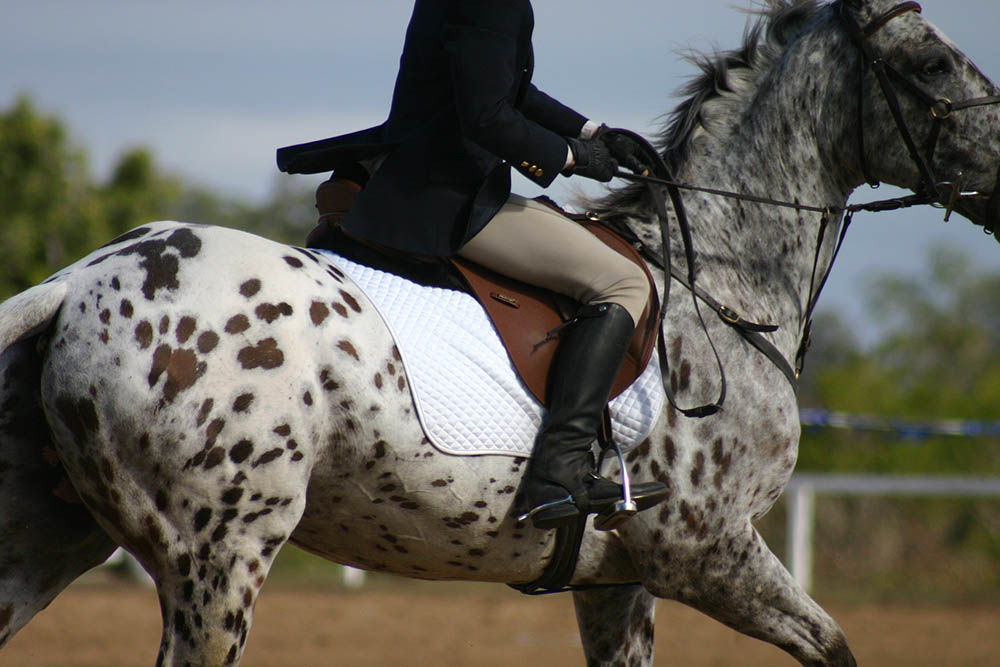

If a horse shows only one or two of these traits whilst being ridden, a musculoskeletal problem cannot be assumed. However, if eight or more of the 24 behavioural characteristics listed above are identified in a ridden horse, the likelihood that this horse is in pain during ridden exercise is high. Their studies showed that lame horses had on average nine of the above traits displayed when ridden versus an average of only two traits when they were not lame.
To follow this through further, some horses that displayed high RHPE scores (meaning they were suspected of having underlying lameness issues), were nerve-blocked to abolish pain and, when reassessed, their RHPE score was lower. Assessing these behavioural traits and relating them to performance in a three-day event (horses were assessed in the dressage warm-up and their performance in the cross-country leg compared) also showed a correlation between high RHPE scores and failure to complete the course.
Assessing the horses for these behaviours can be done live or by using a video recording of the horse. If assessed via video, the video must include observations of the horse being ridden from all sides (front back and to the side). Depending on the type of musculoskeletal discomfort felt by the horse, it may need to perform different levels of physically demanding work to identify whether these behavioural traits are expressed. At a minimum, horses do need to be assessed at the trot, canter, and performing transitions in straight lines and on circles (10-metre diameter). Not all horses that are lame will display these behaviours but the value of this test should be in identifying horses that are in discomfort and not showing overt lameness.
There are many other well-proven ways to diagnose overt lameness. When assessing these horses, other factors may need to be taken into consideration including anatomical features, the surface the horse is ridden on, the skill of the rider and the type of bit worn by the horse, as these can confuse the results by inducing observations not related to pain. Anatomical anomalies such as a residual head tilt from a previous trauma that occurred many years prior should not be misinterpreted as a sign of pain. These types of anatomical differences should be noted prior to the horse being ridden and not used as a marker of behavioural change. Horses worked on a poorly maintained surface or on irregular ground should not be assessed as being lame because they stumble or trip.
The observations and the interpretation of the listed 24 characteristics will be improved and be more repeatable if the person assessing the horse is familiarised with the ethogram and aware of the defining characteristics of the behaviours. Training is available online (Dyson S. 2019 How to recognise the 24 behaviors indicating pain in the ridden horse.)
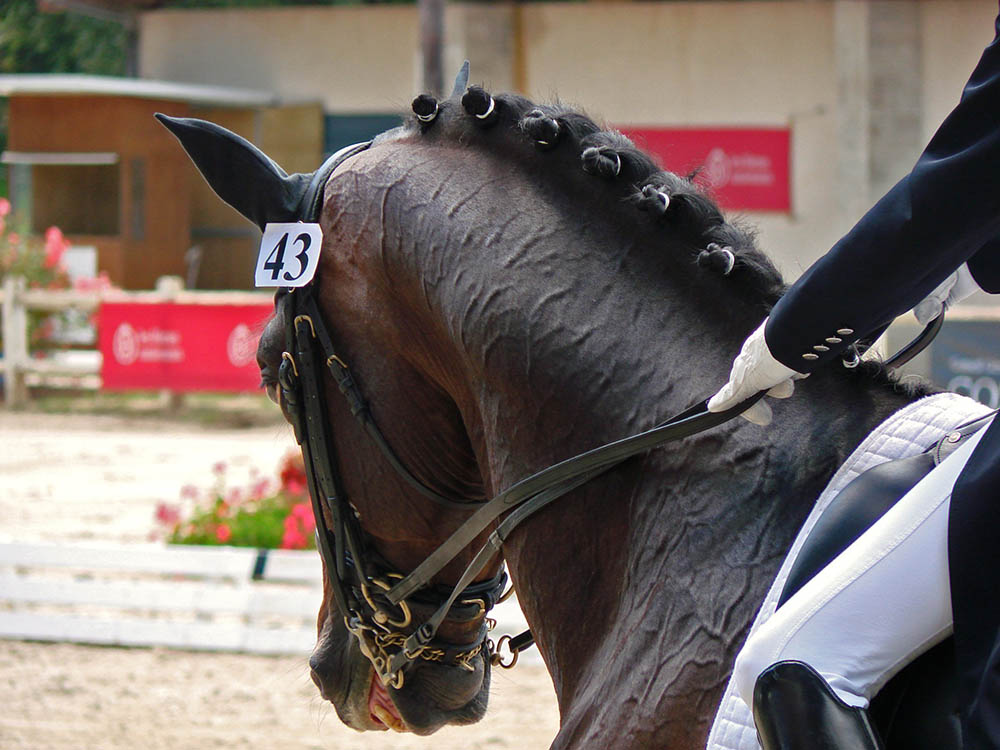
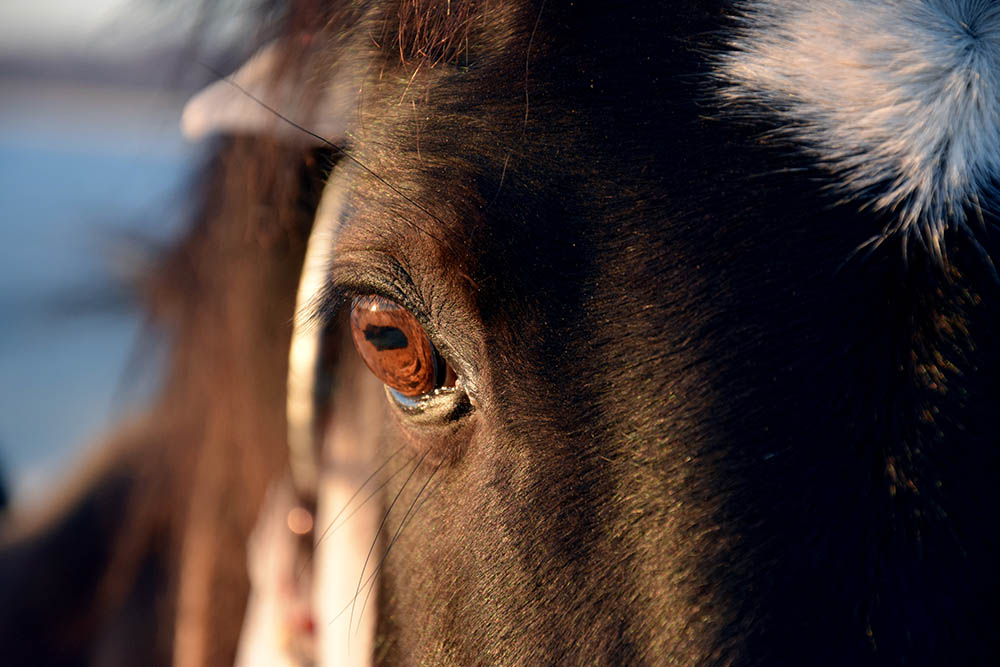
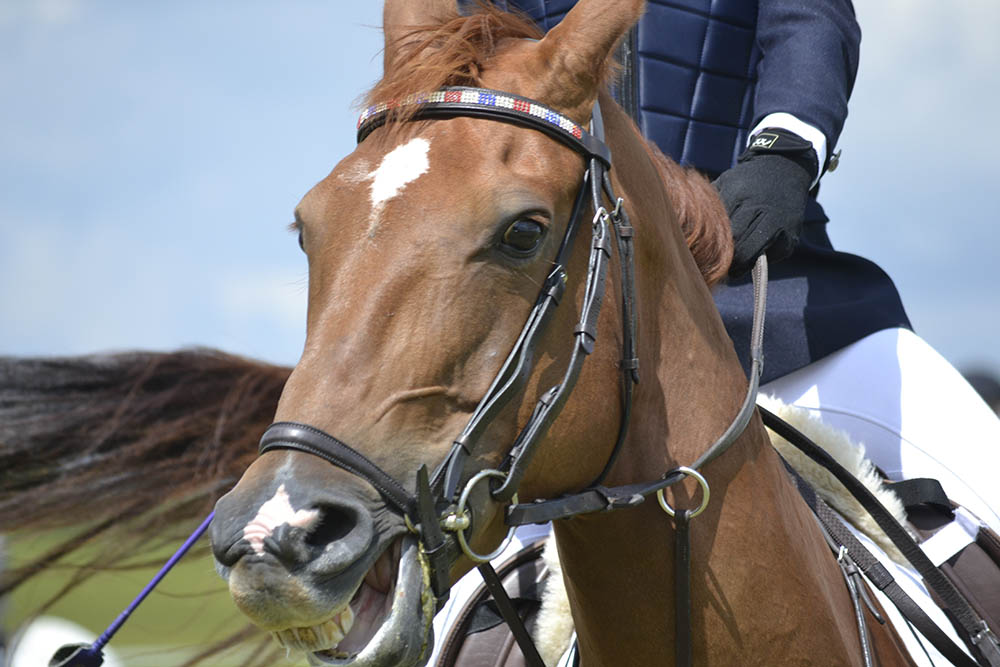
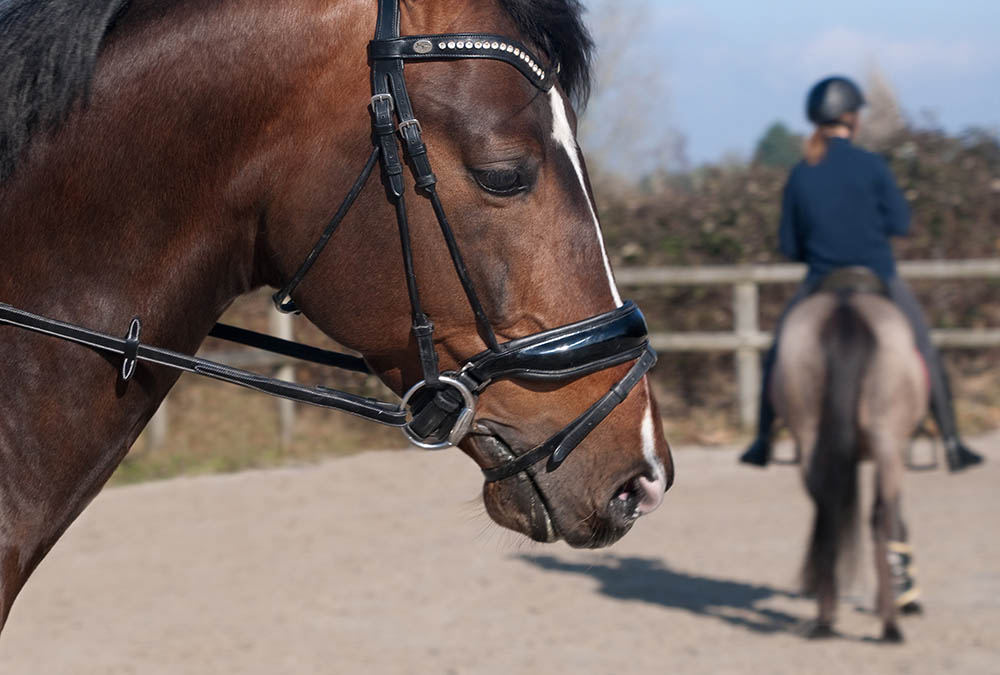
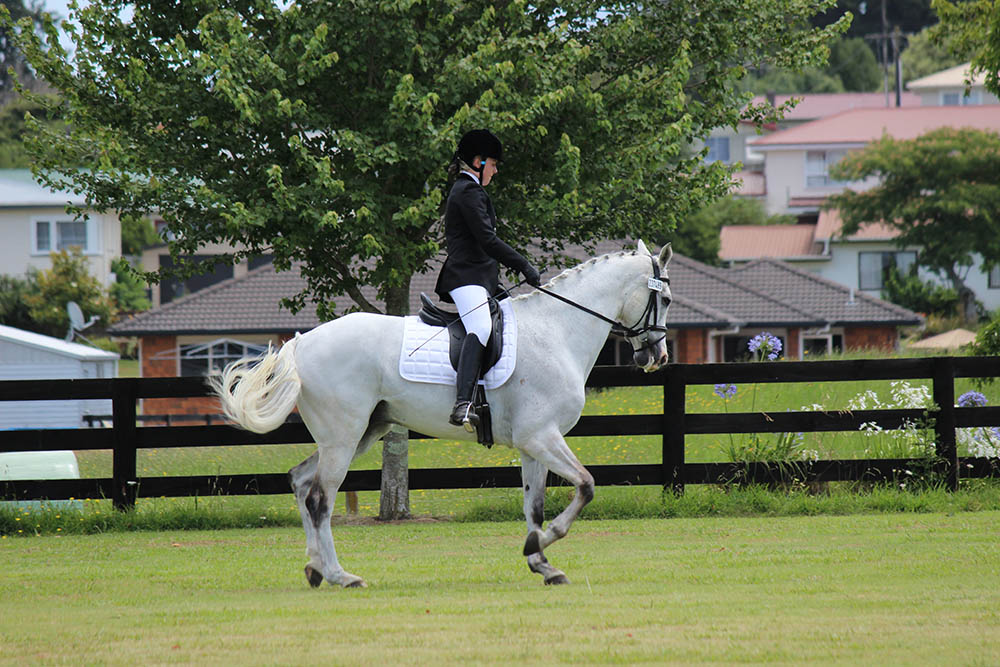

There is still a long way to go with this method of assessing a ridden horse for the purpose of identifying a subtle lameness that is not identified in hand on the ground. Badly behaved horses do exist and bad riders can contribute to bad manners, however, having the ability to differentiate the “Good with the Pain” from the “Bad with Attitude” has got to go a long way towards improving the welfare of our horses and the enjoyment of riding.
You might also like to read the following veterinary articles by Dr Maxine Brain:
The Benefits of Genetic Testing – Equestrian Life, March 2021
Heavy Metal Toxicities – Equestrian Life, February 2021
How to Beat Heat Stress – Equestrian Life, January 2021
Medicinal Cannabis for Horses – Equestrian Life, December 2020
Foal Diarrhoea Part 2: Infectious Diarrhoea – Equestrian Life, November 2020
Foal Diarrhoea (Don’t Panic!) – Equestrian Life, October 2020
Urticaria Calls For Detective Work – Equestrian Life, September 2020
Winter’s Scourge, The Foot Abscess – Equestrian Life, August 2020
Core Strengthening & Balance Exercises – Equestrian Life, July 2020
The Principles of Rehabilitation – Equestrian Life, June 2020
When is Old, Too Old? – Equestrian Life, May 2020
EQ

